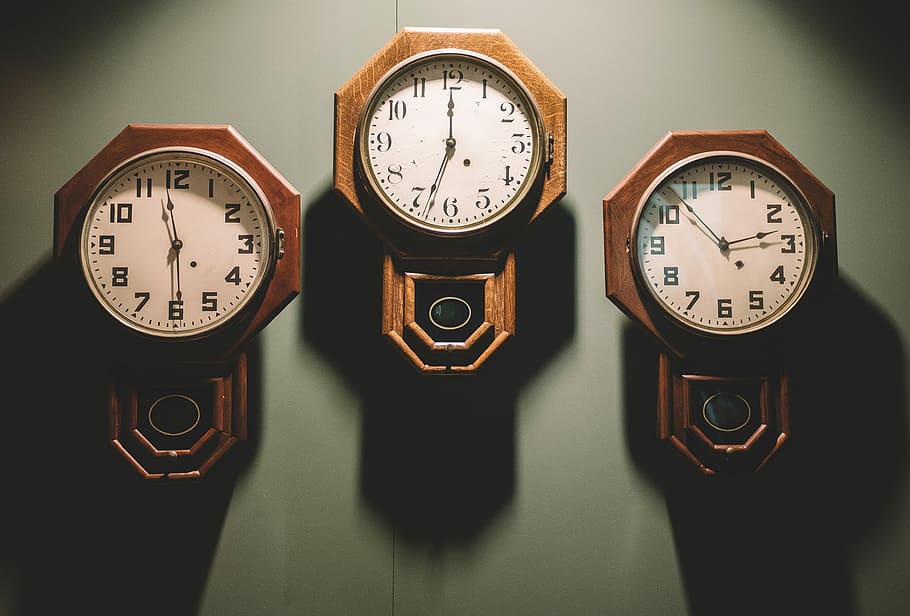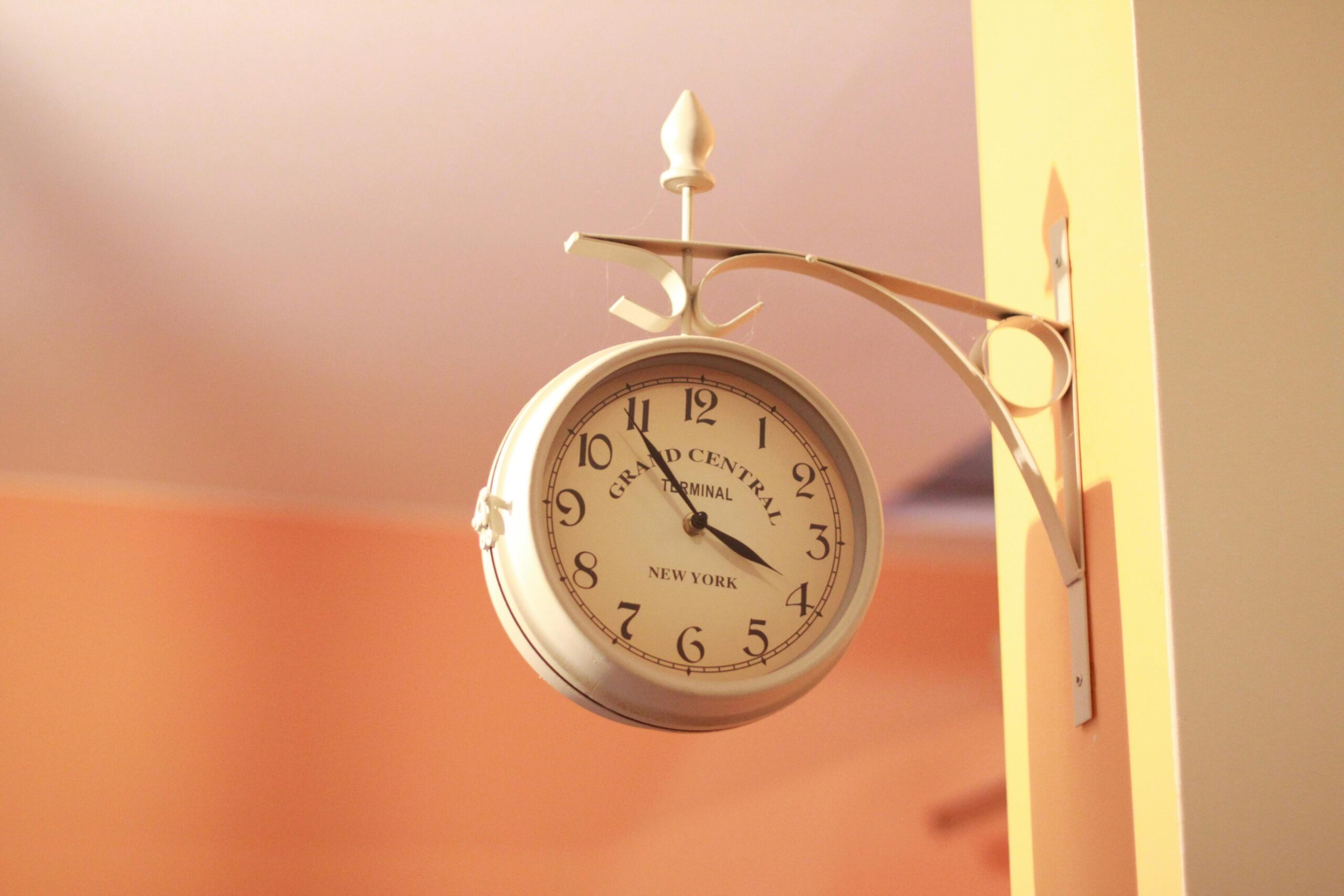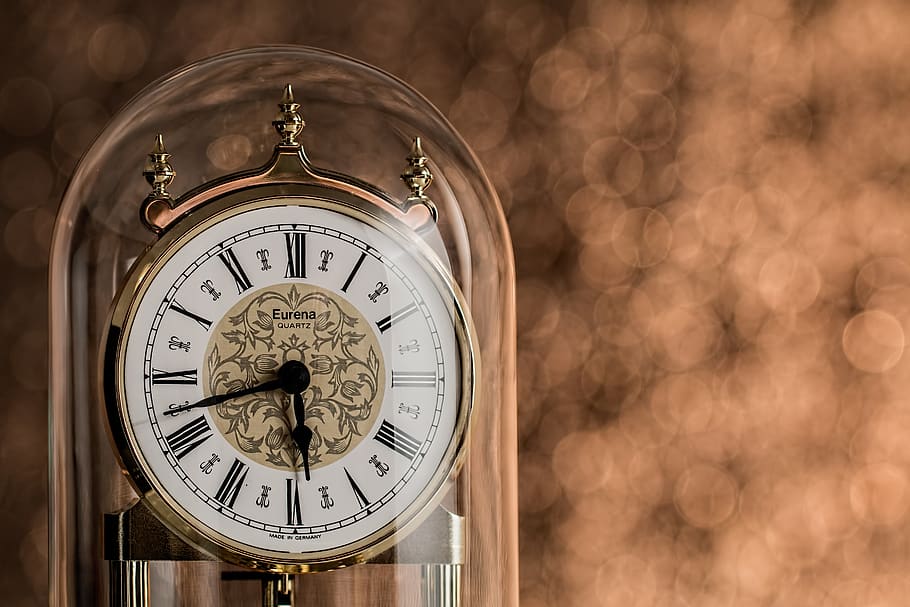Step into a modern living space, and most likely, you’ll find clean lines, minimalistic, functional furniture, and design. But what if we tell you there is a way to bring warmth, personality, and charm to your ultramodern haven? Meet the vintage analog clock.
With their accurate movements and classic designs, timepieces in such watches work for much more than functionality. They make a point of focus and give modern interiors a pinch of personality and history—vintage analog clock—a perfect escape from the world taken over by digital displays. The unobtrusive sweeps and musical chimes take us down to a tempo that relieves us from modern life’s relentless pinging and digital saturation.
But how do you ask if you integrate a vintage clock into this design without making it look cluttered and randomly placed? Fret not; here are a few ideas.
Finding Your Perfect Match: A Guide to Vintage Clock Styles

But the natural beauty lies in the very different, opulent choice: be it something from the mid-century modern with its stylish minimalism or something more characteristic of clocks from the era of Art Deco with bold, geometric patterns, for there is a clock here waiting for its place in your room.
- Mid-Century Modern: The era of clean lines, geometric shapes, and pops of colour is fully represented in the frame of these clocks, usually with wood or a metal base holding up a minimalist clock face.
- Art Deco: These clocks, with geometrical patterns, sunburst designs, and fine-quality materials like chrome and brass, bring glitz to your room.
- Industrial: Exposed gears, finished metals, and an edgy, utilitarian look describe these clocks. Perfect for popping against the sleek sheens of a modern loft or even a downtown semi-inspirational space while adding a punch of edge and raw character.
However, many more styles abound beyond these standards. Check out unique railway, schoolhouse, or even antique mantel clocks for a unique conversation starter.
Material Matters: Choosing the Right Finish
Indeed, your vintage clock’s material contributes significantly to fitting in with the modern space. Think about the material most represented within your existing dominant materials in your decor:
- Wood: Warm and inviting, the wood-framed clocks bring natural beauty to the fore, blending them with mid-century modern or Scandinavian-inspired décor.
- Metal: Metal clocks, especially those with finishes like brass or chrome, add an extra edge of sophistication to your decoration plan. They perfectly complement your industrial or minimal style.
- Glass: The exposed working glass clocks have a light, edgy, modern look. They fit perfectly in contemporary spaces characterized by clean lines and a light spectrum of colour.
Striking a Balance: Integrating Vintage Clocks Seamlessly
Now, after you’ve found the perfect vintage clock for yourself, it’s high time you think of using vintage analogue clocks in modern interior design. Some tips that should be observed for these two styles to work harmoniously:
Please don’t overdo it. Some people like to have a single clock to add a little touch of yesteryear charm, but you won’t want to clutter up space with an army of clocks.
- Play with Scale and Proportion: The larger the room, the more this vintage clock stands out as a piece to be noticed. In the case of a smaller room, the vintage clock will draw the eye from the first moment. A large living room can accommodate a big-sized clock, while a small one will make the room even smaller. Always choose a clock that is proportionate to your room’s size.
- Colour coordination: Consider all the colours of your clock and make sure they match the overall colour palette of your space. A brass clock may very well complement some gold accents in your room.
- Placement is Key: Wall clocks make great focal points above a fireplace or sofa. Tabletop clocks can add some personality to side tables or even bookshelves.
Vintage Analog Clock: Beyond Telling Time

And yet, analogue wall clocks do much more than tell time. They can do wonders to your modern design scheme in ways you might not expect. Here’s how:
Creating a Focal Point:
An adequately chosen vintage clock may play the starring role in a room. Imagine an excellent sunburst design Art Deco clock hanging over your fireplace. It will not take too long before the eye fixes on that bold, impressive vision of a clock that beckons towards you, creating an interesting conversation piece for guests.
Highlighting Architectural Details:
Vintage clocks can also accent your space’s architectural features. For example, an old mantel clock at the edge of a spare-looking shelf may soften the area while drawing attention to the clean lines.
Adding a Touch of Nostalgia:
A vintage analogue clock has a romantic old-world appeal. It establishes romance over an area and becomes a part of the setting. A ticking grandfather clock in the corner of your living room could stir up historical and traditional feelings and adequately set the stage for a warm and inviting situation.
Showcasing Personal Style and Storytelling:
Behind every timepiece, there is a story. Maybe it was the lovely pocket watch your grandfather left you, or possibly; it was an odd train station clock snatched up at a flea market.
These timepieces are more than decorative items; they become personal treasures that reflect your characteristic style and even add storytelling to your space.
Maintaining and Caring for Your Vintage Analog Clock

A cherished vintage clock deserves proper care to ensure it continues to tell time and add charm to your space for years. Presented here are tips that will assist you in taking care of and restoring your timepiece:
Finding a Reputable Restorer: Consider getting help from a professional restorer if complex repairs or restorations are needed. With the knowledge and tools for the field, your clock will come back to life but remain vintage.
Learn a Few Basic Maintenance Techniques: You can even learn some basic techniques like dusting the face of the clock or oiling the movement. For guidance, refer to some online resources or see a watchmaker. Remember that even essential maintenance, which the watchmaker or an online guide would advise you to exercise, should be carried out carefully to avoid damaging the delicate mechanisms.
Sourcing Parts: Most of the parts in your vintage clock will eventually need to be replaced, and many specialist shops and online retailers sell both parts and complete timepieces. With some research and patience, you can find the parts you need to keep your timepiece ticking smoothly.
Additional Tips for Success
Armed with knowledge on how to select, integrate, and care for your analogue clock, then here are final tips to ensure you succeed:
- Find the elusive vintage: If you are a passionate fan and have a good taste for vintage authenticity, you can only hunt it at flea markets, antiquarians, and millions of places on the virtual world of the Internet. Be patient, wait for that exclusive piece, and be ready to haggle!
- Mix and Match with Modern Decor Elements: Vintage clocks don’t have to remain in their cosy places. Be creative! For example, a fantastic, sleek, mid-century modern clock might look great on the brick wall inside an industrial-style loft space.

